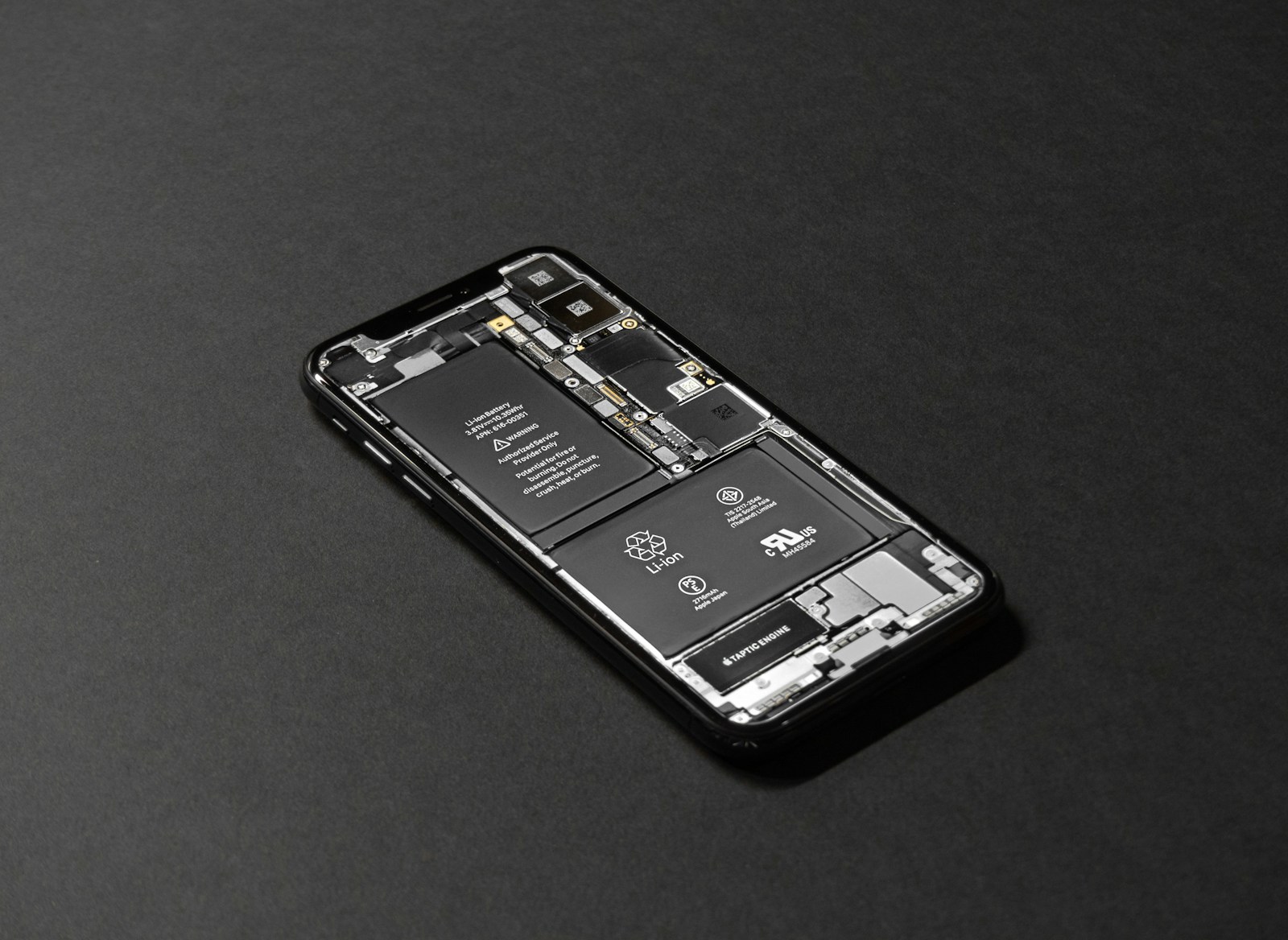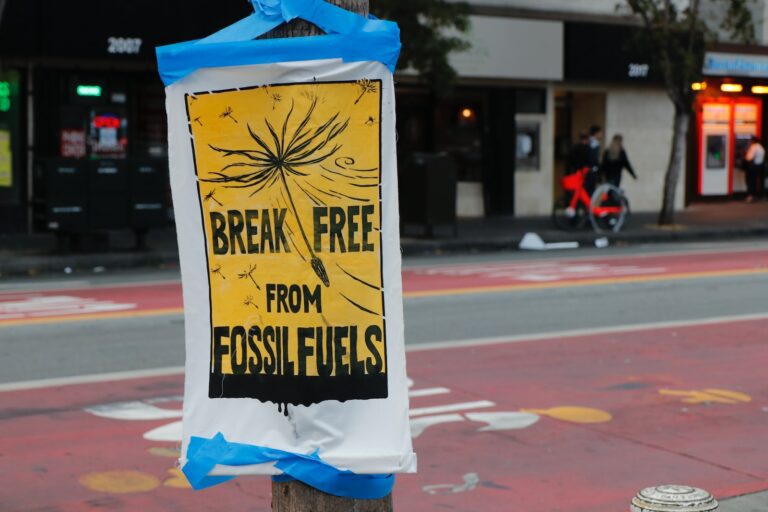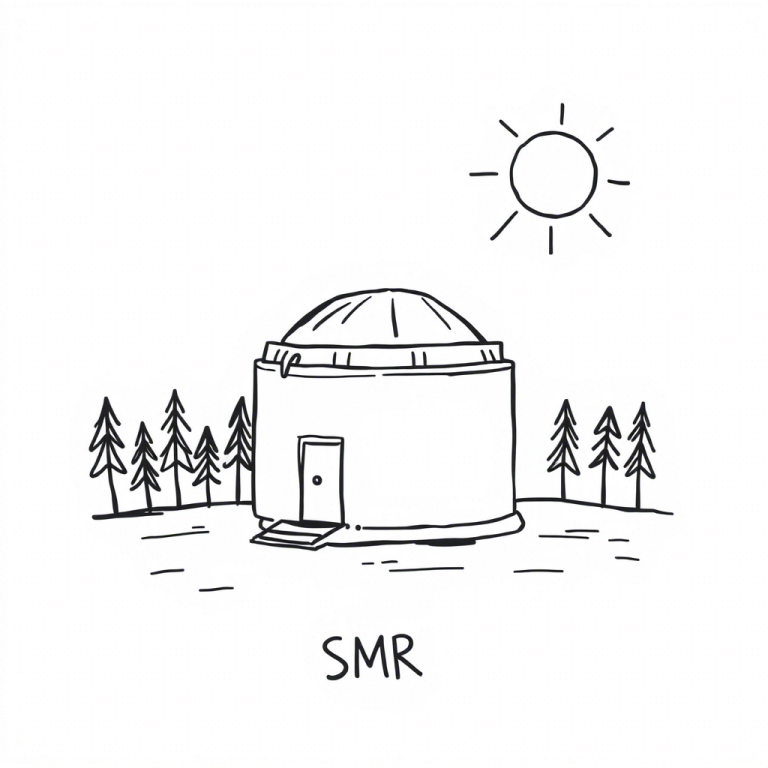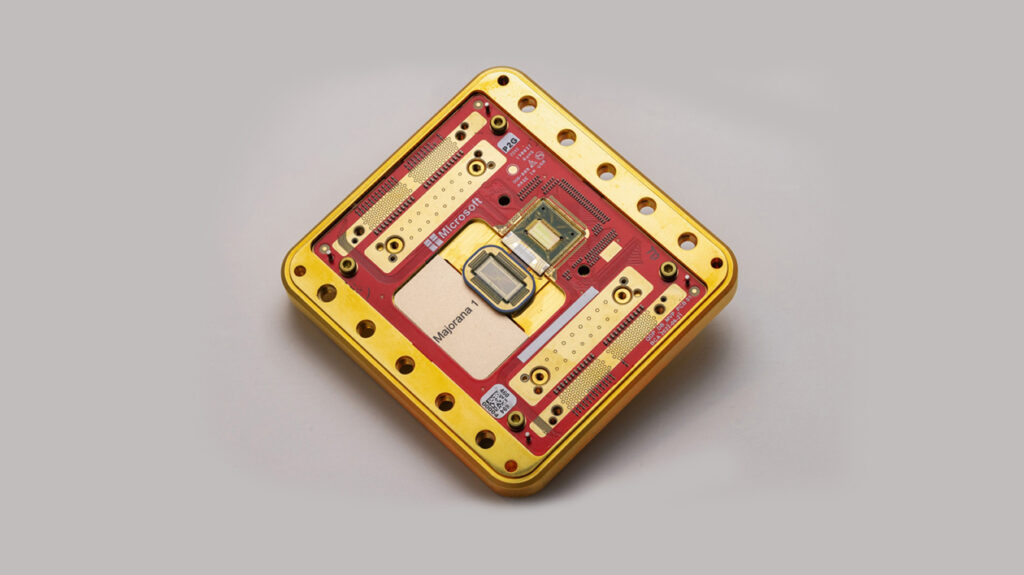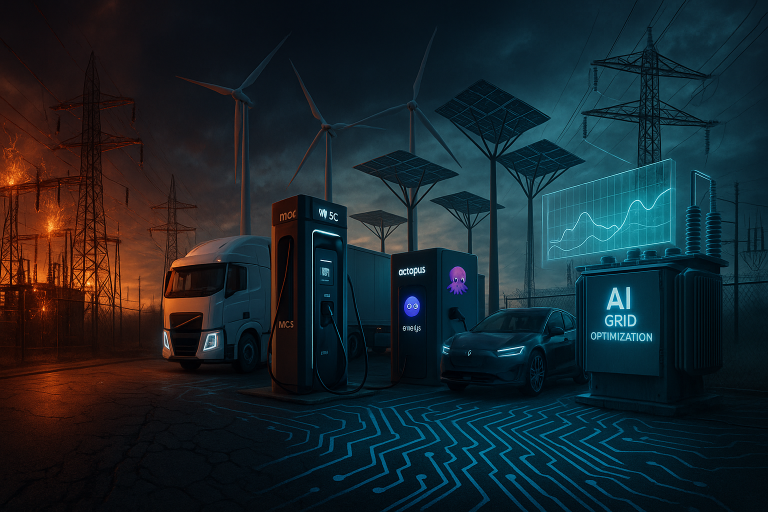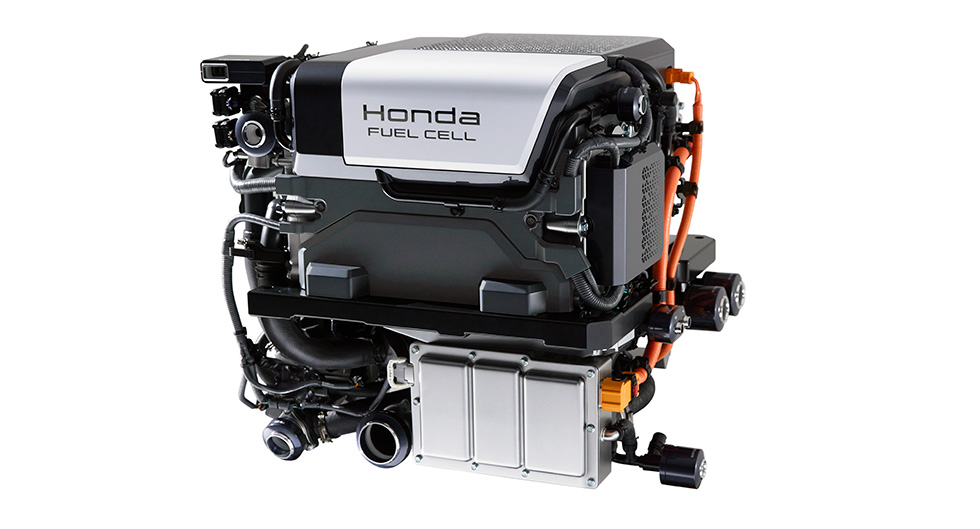Breakthrough Battery Tech from China Promises 18-Year Lifespan—Can It Deliver?
Shanghai — Researchers at Fudan University have unveiled a game-changing solution that could extend the lifespan of lithium-ion batteries to over 18 years—six times longer than current standards. Published in Nature this week, the innovation involves injecting a low-cost, eco-friendly molecule into aging batteries to revive their performance. While the breakthrough has sparked excitement in the EV and renewable energy sectors, experts caution that real-world hurdles remain.
The Science Behind the Revival
The technology centers on a custom lithium carrier molecule, trifluoromethylsulfonate lithium, which replenishes lost lithium ions—the critical component that degrades over charge cycles. Traditional batteries “die” when lithium ions deplete, even if other parts remain functional. By injecting this solution, the team restored a commercial lithium iron phosphate battery to near-original health after 12,000 charge cycles, far surpassing the typical 2,000-cycle lifespan.
“For an EV charging twice daily, this means 18 years of use with only a 4% performance loss,” said lead researcher Gao Yue in a CCTV interview. Current EV batteries often degrade by 30% in under three years. The molecule also claims compatibility with diverse battery types and simplifies synthesis, potentially lowering production costs.
Greener Tech, Less Waste
Fudan University hailed the discovery as a sustainability milestone, emphasizing its potential to curb battery waste and reduce reliance on lithium mining. “This paves the way for greener batteries,” Gao added, suggesting future designs might eliminate lithium entirely. The team is already scaling production and partnering with global battery giants for commercialization, targeting applications in EVs, smartphones, and grid storage.
Scaling Challenges and Unanswered Questions
Despite the hype, analysts urge caution. Dr. Lisa Carter, a battery technologist, praised the innovation but noted, “Lab success doesn’t guarantee factory viability. Mass-producing the molecule while maintaining cost and safety standards is a monumental task.”
Others question environmental claims. “The synthesis may be low-cost, but what’s the carbon footprint of scaling this?” asked environmental scientist Raj Patel. “And how will spent carrier solutions be disposed of?” Safety concerns also linger, as introducing foreign substances into batteries historically risks leaks or overheating.
The EV Industry’s Dilemma
While automakers like BYD and Tesla could benefit from longer-lasting batteries, adoption may require redesigning existing systems. “Integration isn’t plug-and-play,” said EV analyst Maria Lopez. “Manufacturers might resist retooling production lines unless the ROI is crystal clear.”
A Balanced Outlook
Fudan’s breakthrough undeniably pushes the boundaries of energy storage. If commercialized effectively, it could slash e-waste, enhance renewable energy systems, and ease pressure on lithium supplies. However, the path from lab to market is fraught with technical, economic, and regulatory challenges. As the global race for better batteries intensifies, this “precision treatment” will face its ultimate test: proving it’s as revolutionary in practice as it is on paper.
Key Takeaways
- Innovation: Molecule injection revives lithium-ion batteries, enabling 12,000+ charge cycles.
- Promise: 18-year EV battery life, reduced waste, and lower lithium dependency.
- Challenges: Scalability, safety, and environmental impact of mass production.
- Next Steps: Industry partnerships and pilot testing to validate real-world efficacy.

